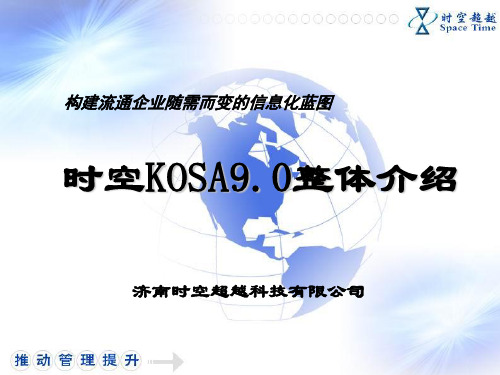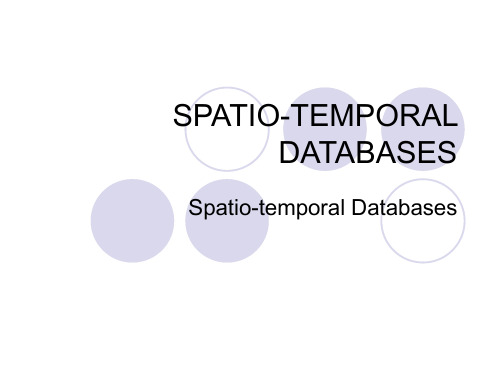Spatial attributes and changes of ST objects’ spatial attributes
Remark. Other types of transformations (as mutations) are aggregation (reunion or join) and fragmentation (division or detachment). These operations are affecting more than one object; usually – some objects are destroyed or created during these actions. Figure 1.7. represents a spatial object (rectangle) in its initial state (a), its state after performing a 90˚ rotation (in trigonometric direction) (b), and its state after performing a mutation (other shape, but with the same area) (c). Usually – for a spatial object we represent only its coordinates (the coordinates if it is a point, the coordinates of its end-points if it is a line segment, or the coordinates of the polygon’s vertexes if it is a region). The other properties can be evaluated using the coordinates.





